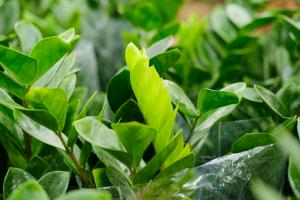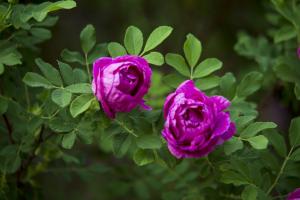1、 Illumination
They are naturally fond of light. If they are raised at home, they can be placed in a bright place near the window. Although they are naturally fond of light, they must avoid particularly strong direct sunlight. When culturing golden saffron in greenhouse, pay attention to half shading in spring, summer and autumn. There is no need for shade in winter

2、 Temperature
Suitable temperature is more conducive to the growth of saffron. Saffron likes high temperature but is not resistant to cold. 18 to 40 degrees Celsius is the most suitable environment for saffron. However, it should be noted that the indoor temperature in winter should not be lower than 15 degrees Celsius, otherwise the golden saffron will sleep, and the leaves will gradually turn yellow until they fall off and stop growing. So we should take a special rest in winter to keep the saffron warm

3、 Watering
It is necessary to ensure that the soil in the flowerpot is wet enough during the whole growth process, but remember not to water too much, resulting in ponding. Otherwise, it is easy to cause root rot. But we can't make the saffron too dry. In winter, the golden saffron begins to sleep. At this time, it is necessary to reduce the number of watering. When you find that the surface of the basin soil starts to dry for about a centimeter, it indicates that you need to water it. When watering, you must water it thoroughly. The most noteworthy point when watering is that you must not get water on the leaves when watering, which is easy to cause leaf decay, which is a point that many people rarely notice when raising flowers

4、 Soil
The soil can be made of potted soil or rotten leaf soil, plus a certain amount of perlite or river sand and a certain amount of organic fertilizer. Note that the flower soil must have good permeability, so as to prevent too much ponding and will not lead to the decay of the root of saffron
5、 Fertilization
When the plant is in the golden period of growth, it needs to apply 20% cake fertilizer water once for a period of time. In the process from bud sprouting to flowering, potassium dihydrogen phosphate should be applied once a week, which will open better

 jackfruit
jackfruit snake plant
snake plant hibiscus
hibiscus hydrangea
hydrangea lavender
lavender Green roses climb al...
Green roses climb al... If you don't pay att...
If you don't pay att... Management of four g...
Management of four g...
































